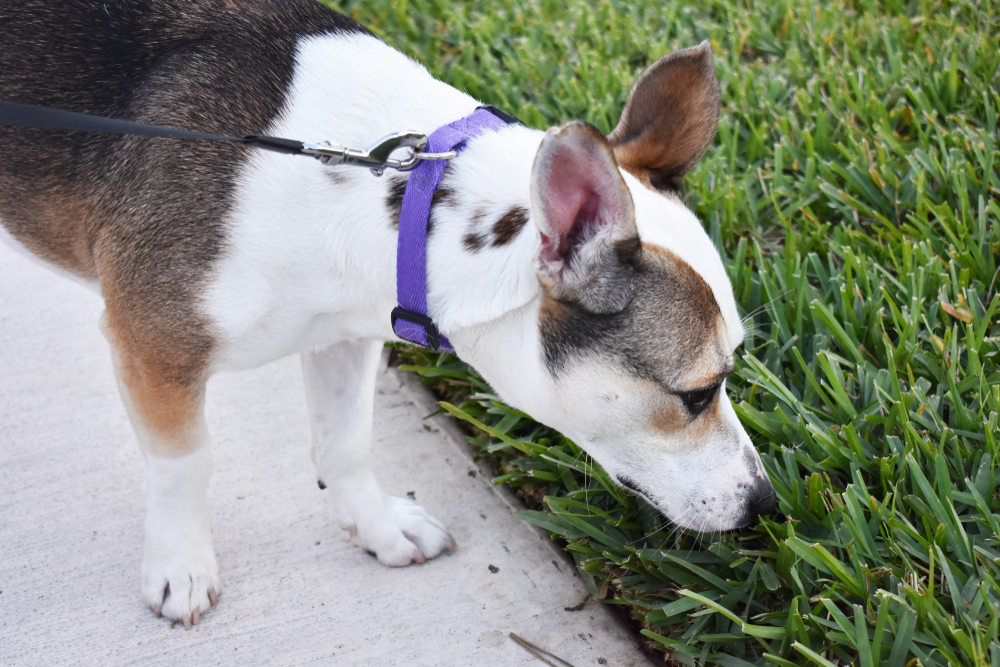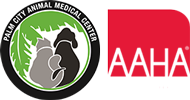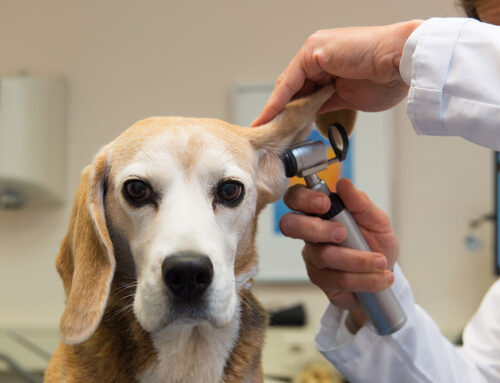Leptospirosis loves Florida, but this spiral-shaped bacterium is no sightseeing tourist on holiday. Instead, it is a widespread zoonotic disease and an ever-present health risk to you and your dog. Palm City Animal Medical Center wants you to understand and recognize this often overlooked threat.
Leptospirosis in dogs
Leptospira is a genus (i.e., group) of spirochete bacteria found in many wild and domestic animal populations across the country and around the world. Leptospirosis, informally called lepto, is the term for the disease caused by the bacterial infection. While some infected dogs do not experience illness, others can suffer kidney or liver failure, bleeding disorders, and respiratory problems. Cats are unaffected by leptospirosis and not considered at risk.
Common locations for leptospirosis
Leptospira bacteria are found in standing or slow-moving water, including lakes, creeks, or ponds. Warm, tropical climates with high moisture and wetlands are also common hot spots, as are urban areas because of rodents that carry the disease. That combination makes South Florida a common place for outbreaks.
How is leptospirosis transmitted to dogs?

Sick animals shed Leptospira in their urine, and the bacteria are transmitted by oral-nasal contact with contaminated urine, soil, or water. Dogs who swim in contaminated water can be infected through open skin wounds or scrapes, while dogs who fight or hunt can contract the bacteria through bite wounds or direct contact with infected animal tissue (e.g., after catching a rat or mouse).
Although leptospirosis is a zoonotic health risk (i.e., can be passed from dog to human), human cases are most often linked to recreational water activities and rarely caused by infected dogs.
The nature of leptospirosis infection in dogs
Some infected dogs may show no signs. Other dogs may have only mild signs, followed by a quick recovery, or an infection that comes and goes. Young and immunocompromised dogs tend to be the most vulnerable to severe cases.
Lepto enters a dog’s bloodstream after they have contact with contaminated material. From there, it spreads to the kidneys, liver, eyes, and central nervous system. If the bacteria are not fought off by an immune system response, they multiply and cause organ damage. Kidney and liver function are affected, while muscle and vessel inflammation can lead to pain, stiffness, weakness, and interrupted blood flow throughout the body.
How to recognize leptospirosis in a dog
Symptomatic dogs initially show non-specific signs between four and 12 days after contact with contaminated material. Those signs include:
- Lethargy
- Decreased appetite
- Vomiting
- Changes in urination — increased, decreased, or no urine
- Mobility issues — pain when touched, stiffness, weakness, and refusing to move
- Vomiting
- Diarrhea
However, without a full history to determine a dog’s exposure risk, these symptoms can be misdiagnosed.
Rare and severe signs of the disease include jaundice (i.e., yellow-tinted gums and eyes), pinpoint spots on the gums or inside the ear from blood vessel hemorrhage, and squinting from inner-eye inflammation.
Diagnosing leptospirosis in dogs
Dogs with clinical signs and a potential exposure in their history likely have leptospirosis, but testing is required to confirm the diagnosis. In addition to a physical exam and lab work to evaluate blood and urine, the veterinarian may recommend X-rays and an ultrasound to assess the dog’s chest and organ health. For a definitive diagnosis, blood samples may be sent to a reference lab to assess the presence of antibodies or leptospirosis DNA.
Treatment for dogs with leptospirosis
Dogs are treated based on the severity of the disease, with mild cases receiving antibiotics and more complicated cases requiring hospitalization. If a dog is suffering from kidney and liver failure, fluid therapy (i.e., dialysis) to restore hydration, flush toxins from the bloodstream, and prolong kidney function may be necessary. In addition, the dog will be placed on anti-nausea medications and liver and kidney support medication. While treatment can improve disease signs, kidney and liver damage are often permanent.
Owners caring for infected dogs should take specific steps to avoid zoonotic transmission:
- Keep infected dogs on a leash, and take them to an isolated area or pen to urinate to prevent transmission to other dogs or humans.
- Clean up urine accidents right away with a disinfectant cleaner.
- Wear gloves while cleaning up after the accidents.
- Wash their hands frequently and avoid letting their dog lick their face.
Special precautions should continue until the dog has finished their antibiotics. Basic hygiene practices should be a continual habit for all pet owners.
Protecting dogs from leptospirosis
Vaccination is available for leptospirosis and provides effective coverage against the four most common bacterial strains in the United States. The vaccine is considered a non-core vaccination by the American Animal Hospital Association, but is recommended annually for dogs with increased exposure risks. At Palm City Animal Medical Center, we consider the leptospirosis vaccine essential to your dog’s health.
Vaccinated dogs may still be infected by strains not included in the vaccine, but will experience milder signs. Additionally, vaccines provide the best protection against zoonotic transmission by significantly reducing bacteria shed in the urine.
Preventing access to potentially contaminated sources will lower a dog’s risk of infection. Keep them away from stagnant water, close interactions with wildlife, and dumpsters where rodents may be.
Leptospirosis is a heartbreaking disease that can blindside unknowing dog owners. Proactive preventive care is always more successful than reactive care, especially in the case of this zoonotic infectious threat. Contact Palm City Animal Medical Center to find out if your dog would benefit from a leptospirosis vaccination.








Leave A Comment